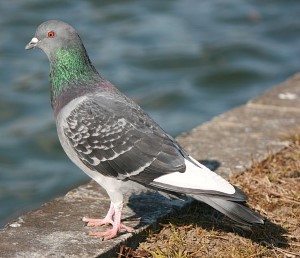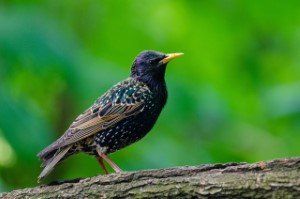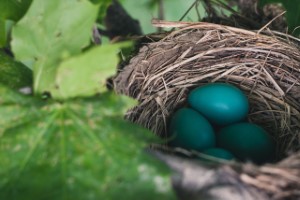Bird Nest Removal - Pigeon Control - Nassau County, NY
Bird Inspection - This is the first step in the bird removal and bird control process. Nassau County Animal Removal will determine the nuisance bird species and the best method of controlling it.
Pigeon Trapping - Pigeon control measures, such as pigeon exclusion will be most effective if the pigeons are first removed by trapping. Where a flock of pigeons are roosting, or feeding in a confined and secluded area, bird trapping can be the primary control method. Pigeon traps have one-way doors that allow the birds to enter, but not exit.
Bird Spikes - Are a humane pigeon exclusion device. Nassau County Animal Removal installs stainless steel bird spikes to prevent pigeons from landing and nesting on ledges, air conditioners, window sills, roof lines and under eaves.
Bird Exclusion - Both the Common Starling and the English Sparrow are cavity nesters. Starlings will use any opening that they can get through, provided that it leads to a suitably sized cavity. Bathroom exhaust fan vents, stove vents, dryer vents and attic gable vents need to be screened to keep birds out. English Sparrows will build their nests in the space beneath window or wall air conditioners. This space needs to be blocked, or screened to keep house sparrows out. Decreasing the number of nesting sites that these nuisance birds can use is key to Nassau County bird control and limiting their population.












